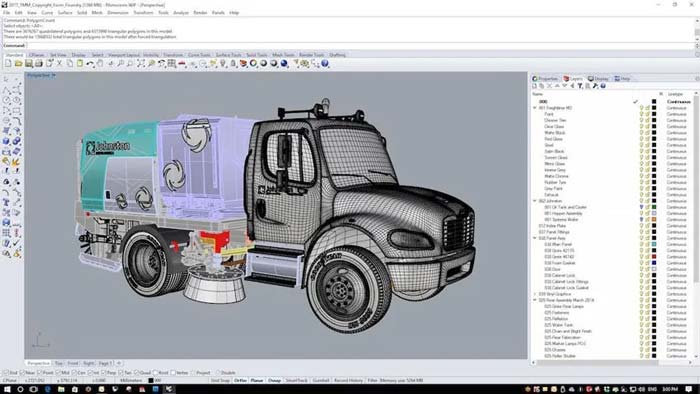

If the loads increase past the chargers maximum output in float, then the battery voltage will start to reduce. Once the charger is in Float, it will maintain the battery at a pre-set voltage (normally between 13.3-13.8v subject to the battery type) and also support any loads running at the time.
LITHIUM BATTERY CHARGER FULL
A 100% full lead acid batteries voltage is approx 12.7v. The other function that lead acid charger have is a “return to bulk” voltage. Applying an equalization charge of 15v+ to a lithium battery will damage the cells beyond repair. Lithium batteries do not require any form of equalization. On some chargers, this mode may be automatic which can’t be turned off. Most if not all lead acid chargers have an equalization mode. This generally happens if the charger is undersized for the battery bank or there are loads running on the system and not allowing the charger to reduce the current below the transition point. The absorption stage is also time based, if the charger is still in its absorption phase after 4 hours, the charger will automatically transition to the float stage. Once the current reduces to approx ≤10 % of the chargers total output, it will then move to the float state. In this charge phase the charger will hold the maximum voltage for the chosen battery and charge the battery with reduced current as the batteries internal resistance can’t accept the charge current at maximum output. At this point the charger will transition to the Absorption stage. Once the charger enters the bulk state, it will normally charge a lead acid battery at full current to approx 80% capacity.

The majority of the lead acid smart chargers these days have specific charge algorithms to suit Flooded/AGM/Gel batteries which generally require a 3 stage charge process, Bulk/Absorption/Float. At this stage the charge current drops extremely quickly and the charger then switches to power supply mode. This system allows fast charging without the risk of over-charging and is suitable for Li-ion and other battery types.Įnerdrive’s ePOWER Lithium Charger AlgorithmĪs you can see from the above charge graph, the lithium battery has a steep rise in voltage at the very end of the charge cycle. The current then reduces as the battery becomes fully charged. The charger limits the amount of current to a pre-set level until the battery reaches a pre-set voltage level. Lithium chargers are based on a CV/CC (constant voltage/constant current) charge algorithm. LiFePO4 is a “clean” system and only takes what it can absorb. The so-called miracle charger that promises to prolong battery life and gain extra capacity with pulses and other gimmicks does not exist. While lead acid offers some flexibility in terms of voltage cut off, manufacturers of LiFePO4 cells are very strict on the correct setting because Li-ion cannot accept overcharge. The differences with Li-ion lie in a higher voltage per cell, tighter voltage tolerances and the absence of trickle or float charge at full charge. As you can see, we are playing with a very narrow window of voltage with lithium, less than 0.5V over 80% capacity.Ī Lithium LiFePO4 charger is a voltage-limiting device that has similarities to the lead acid system. A lithium battery at 20% capacity will hold voltage around 13V, its lead acid cousin will be approx 11.8v at the same capacity. Its lead acid cousin will be approx 12.6-12.7v. Lithium batteries are not like lead acid and not all battery chargers are the same.Ī 12v lithium LiFePO4 battery fully charged to 100% will hold voltage around 13.3-13.4v. This is a question we get asked every day by the general public. Can I charge my lithium battery with a lead acid charger?


 0 kommentar(er)
0 kommentar(er)
